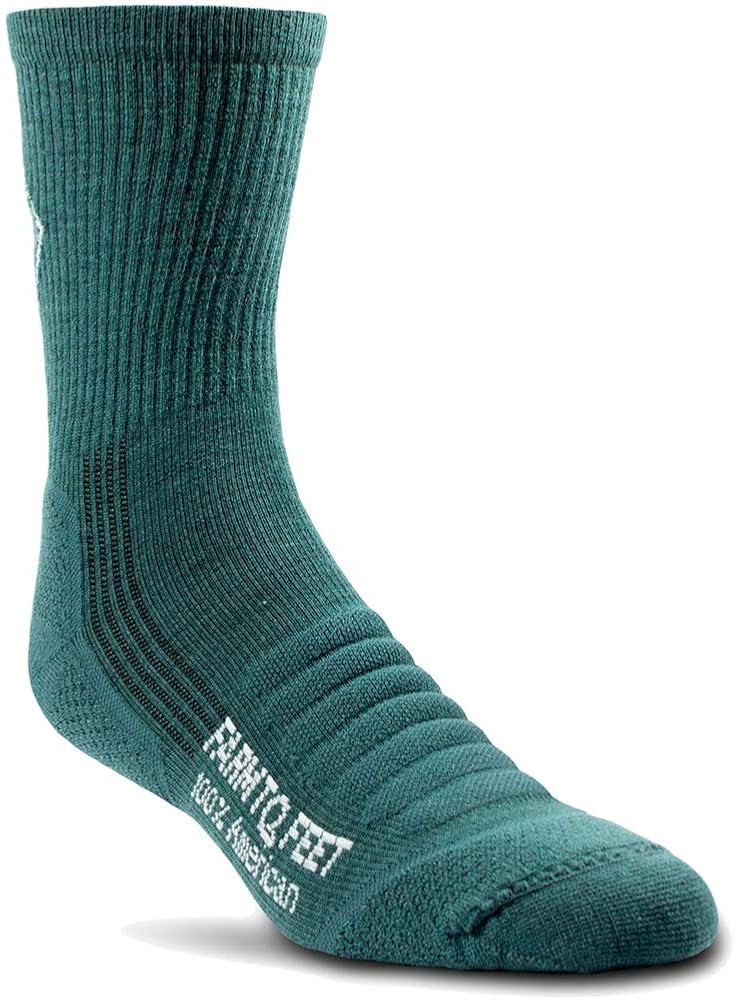Northwest Foraging
Doug Benoliel
Skipstone Books, 2011, 220 pages
If you have any outdoorsy inclinations and you live in the Inland Northwest, then you’ve probably ambled along a trail leisurely picking and plucking huckleberries until the purple juices stained your fingers. Doug Benoliel’s highly informative guide (reissued and updated from an original 1974 edition) allows the casual hiker—and the more adventurous backcountry explorer—to build on this ritualistic foraging and actually make meals from indigenous plants, roots and berries. Illustrations and meticulous descriptions offer insight into dozens of trailside (and urban) edibles in the Pacific Northwest. From burdock (that stubborn bane of dog owners) to stinging nettles (according to the author, one of the tastiest plants in the book), Northwest Foraging provides all the necessary information one might need to gather (when and where?), harvest (roots or leaves?) and cook (boil or steam?) these readily found plants; further, the author even includes many specific recipes to help incorporate the foraged foodstuffs with other ingredients in the kitchen.
Of course, the guide also offers a section on the toxic plants of the region, including some of the most dangerous. Toxic nightshade, highly dangerous water hemlock, and the beautiful but poisonous lupine—as well as several other plants—are discussed in educational detail that includes well-rendered drawings, usual habitat and range, and symptoms caused by the poisons (several of which are deadly).
Northwest Foraging also includes an informative bibliography for the specialized reader who may be interested in exploring specific usages of plants (medicinal, landscaping, and historical). This is an essential book for anyone who spends substantial time in the woods. The prose is graceful and clear; the drawings—delicately rendered by Mark Orsen—are meticulous; and, perhaps most importantly, the usages are myriad: backpackers can gather greens to supplement the freeze-dried regime; day hikers can focus trips around identifying and harvesting edibles to bring back home to create a feast (and re-create a connection to the wild).
Tod Marshall
Unquenchable: America’s Water Crisis And What To Do About It
Robert Glennon
Island Press, 2010, 432 pages
Water supply in crisis? In Unquenchable Robert Glennon develops a convincing case that our attitude about water, as a nation, not the availability of fossil fuels, is the greatest resource threat in the U.S. today.
Glennon begins by examining our water use in comparison with other countries. Our tendency to “toss a few things” into the washer, the use of inefficient flush toilets, and irrigating large expanses of lawn make Americans the biggest water consumers on the planet. In the U.S. the availability of natural rainfall to replenish supplies and water use, largely due to outdoor irrigation, are generally inversely proportional.
Glennon explains the two elements of U.S. water policy that allow this inverted thinking—mining ancient groundwater and inter-basin transfers of river water. For those readers old enough to remember Marc Reisner’s Cadillac Desert, you know the main approach this country has taken to avert water shortages—inter-basin transfers of water engineered primarily by the U. S. Bureau of Reclamation—have allowed the desert southwest to grow in population and water use.
In a sense, Glennon has followed up on Reisner’s work in a way that cancer prevented Reisner from doing so himself. Glennon outlines the reasoning behind the huge water projects like those on the Colorado River diverting water for use in cities like Denver, Phoenix, Las Vegas and San Diego, and our own Columbia Basin Project. Then goes on to suggest that these are little more than stopgaps that have so far allowed the irrational growth in water use.
Agricultural and industrial uses are also thoroughly examined. With aquifers running dry and river diversion projects falling on hard times, can we produce enough crops to feed the planet’s growing population and produce biofuels to offset the use of petroleum for energy?
Glennon ends the book with a number of interesting and creative ways to avoid the crisis we are headed for. Many involve changes in the legal system, others in the way we think about water, and some relate to engineering our water systems. Every reader will find a change they can personally make.
Stan Miller













